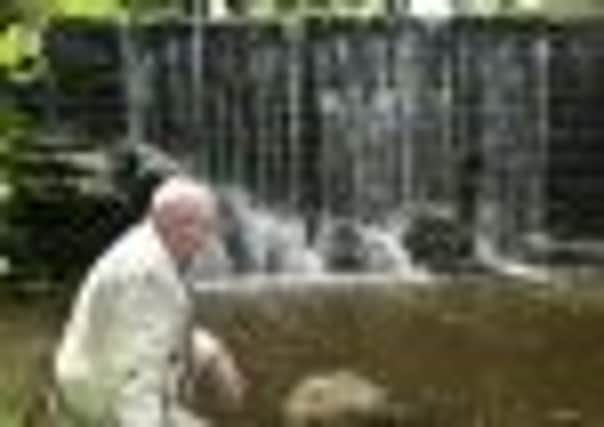Mini Victoria Falls goes with flow to be major attraction


The missionary and explorer discovered the Victoria Falls on the border between Zambia and Zimbabwe, and named it after the then Queen.
His friend, pioneering chemist James “Paraffin” Young, used some of the wealth he made from the shale oil industry to create a replica of the dramatic waterfall on his Limefield estate between the villages of Polbeth and Parkhead.
Advertisement
Hide AdAdvertisement
Hide AdHe even altered the course of Harwood Water, a tributary of the River Almond, to mimic the raging waters of the Zambezi.
The Limefield Falls has been hailed as an “unsung national monument” and a “hidden gem”.
As Scotland gears up for the Livingstone bicentenary next year, visitor numbers are expected to soar. A viewing platform has been erected at the waterfall, walkways have been built around it and information panels installed.
A sycamore tree, planted by Livingstone in the grounds of Limefield during one of his many visits to the estate, still stands today.
Hazel Baird, landscape architect with Central Scotland Forest Trust, said: “We have had very positive feedback. A lot of the footpaths had been eroded, but we have built up the banks, installed walkways and you can do a circular route.”
The £230,000 project to open up the woodland around Limefield Falls is being part funded by the Forestry Commission and West Lothian Council.
Adam Wood, 49, from West Calder – who was born close to the Victoria Falls where his father, also Adam, now 79, was a forestry worker – said: “What they have done here is very impressive. The Victoria Falls is a mile wide and it drops into a gorge 350 feet deep, but the Polbeth version is cleverly designed in the way it mimics the features of the Victoria Falls.”